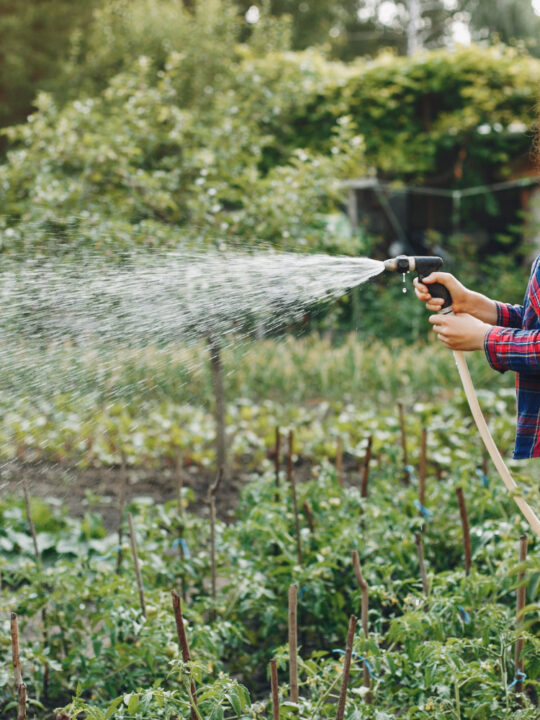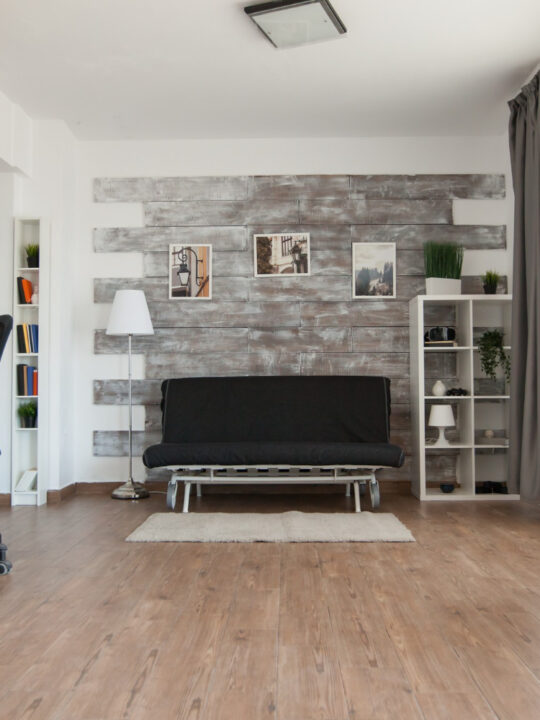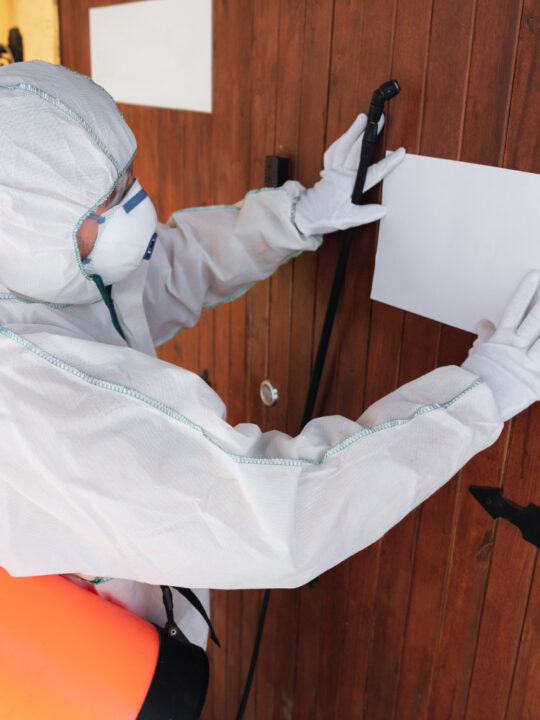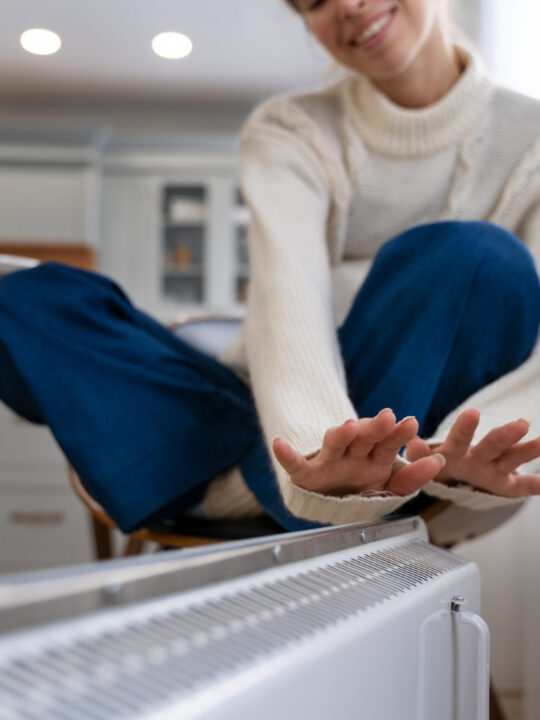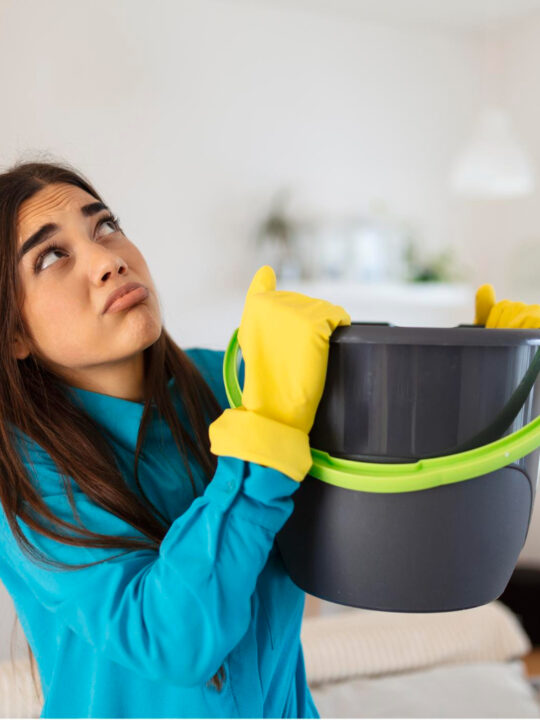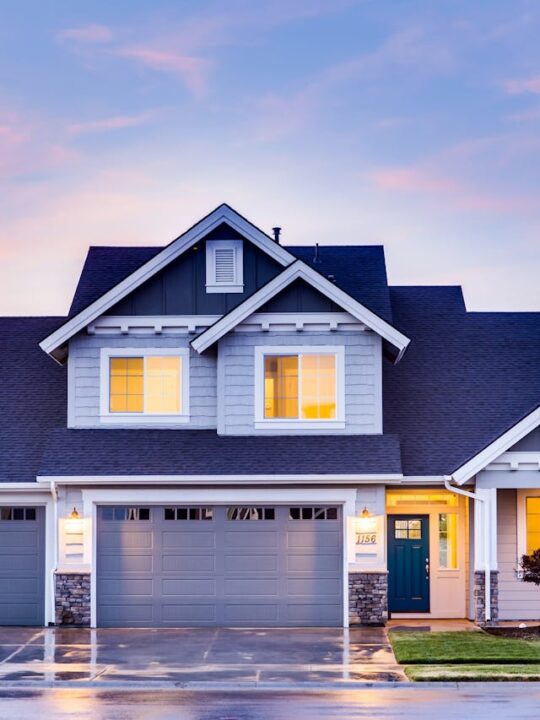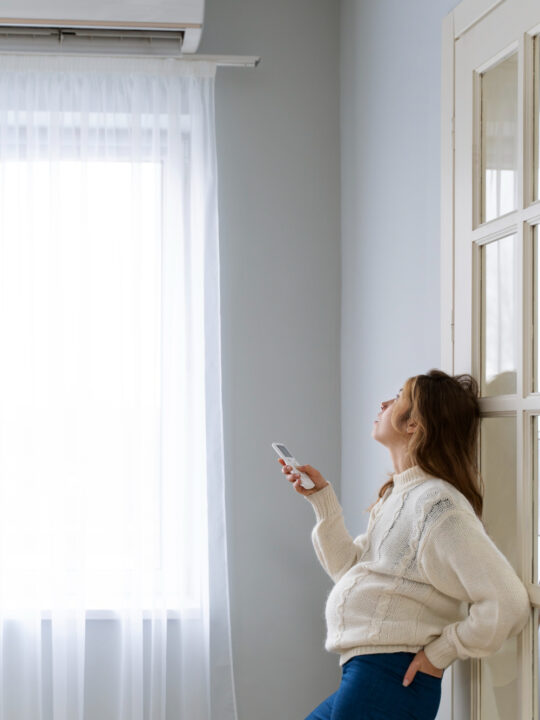
Did you know mold spores are around us no matter the place that you live in? Although, mold is a type of fungi that can have benefits to mankind for instance in making penicillin. It has a lot of downsides to it. Some types of mold are extremely dangerous to your respiratory systems, crops, and also to the integrity of structures. The most common type of mold in a home is mildew that grows in warm and damp surfaces. However, not all mold is mildew, as other molds can damage the structure of your home that can lead to irreversible rot on your damaged surfaces. Hence you need to call in mold inspection and testing services in your area to help you know the type of mold you have in your home. Below are ways you can get off mold from various surfaces from the home.
1. Household appliances
 Mold is present in various household appliances such as refrigerators, washers, and coffeemakers, among others. These appliances are known to combine heat and moisture that is food to feed mold. Hence, they require frequent cleaning so as not to harbor any mold. For this reason, to clean coffee makers and refrigerators, use distilled white vinegar as it helps inhibit mold growth. Other appliances like the clean washers, run a cycle of hot water with chlorine bleach with no clothes inside as regular as once a month. Also, inspect every corner of the door seals of a front load washer to ensure there is no mold as it leaves clothes smelling moldy if the mold is present.
Mold is present in various household appliances such as refrigerators, washers, and coffeemakers, among others. These appliances are known to combine heat and moisture that is food to feed mold. Hence, they require frequent cleaning so as not to harbor any mold. For this reason, to clean coffee makers and refrigerators, use distilled white vinegar as it helps inhibit mold growth. Other appliances like the clean washers, run a cycle of hot water with chlorine bleach with no clothes inside as regular as once a month. Also, inspect every corner of the door seals of a front load washer to ensure there is no mold as it leaves clothes smelling moldy if the mold is present.
2. Interior walls, carpets, and flooring

When you have fuzzy and black mold on these surfaces, there may be structural damage. However, if there is none, wear respiratory protection and safety glasses to start removing the mold. While cleaning the porous surfaces like drywall and wood. It is vital to add the detergent to the bleach and water solution to help it adhere. As you clean, ensure you do not oversaturate the surface and allow the solution to air dry. As for the carpets that have mold present or have a musty smell, although you cannot see the mold. Remove these completely by cutting the carpet into small sections and wrap it in heavy plastic for disposal. Also, use a vacuum to thoroughly clean the air before you replace the flooring to prevent the spread of the mold spores in the air and other surfaces.
3. Mold on leather
To remove mold from leather surfaces, you need to do it outside to prevent mold spores left in your home. As the mold spores can easily spread to other surfaces where it can easily grow back and the issue will still be present. To clean, use a cloth that is dipped in distilled white vinegar, warm water, and with good leather soap, you can clean the surface. The cloth should be soft as the surface is made of leather as it is sensitive fabric, and allow it to air dry completely. After this, treat the leather item with a leather conditioner. Consider checking what brought about the mold in the first place to eradicate the source as well.
4. Tile and grout

Whether it is the tile and grout in your kitchen, bathroom, or any other place. Especially, where there is the constant use of water and it is not dry often. For instance, bathroom humidity and the body soil on this surface is an ideal environment for mold to thrive. Although there are many commercial cleaners that you can buy to use. Opt for the affordable option that is chlorine bleach and water that work as effectively. So, by mixing one cup of bleach to one gallon of water, you can apply to the areas with mold. Also, allow this solution to sit on the tile and grout for a few minutes before scrubbing the surfaces.
5. Papers and books
These are other surfaces that mold hides but you can clean it as well. Unfortunately, mold eventually destroys paper but you can remove it successfully. More importantly, for historically significant papers and expensive books, consult a curator to advise further. After this, you can take your books to a mold inspection New York service for mold removal or you can do it at home. Do not try treating damp paper as the mold will smear and become a challenge to remove it. Remove your books outside to dry thoroughly in the sun. Alternatively, you can place them in an airtight sealed container with silica gel as it is a moisture absorbent material. After this, use a soft cloth or brush to gently brush away mildew from the cover to other pages.
6. Exterior home surfaces

As you clean the exterior home surfaces like concrete, house sidings, brick, and stone. Be careful to protect the vulnerable plants and your lawn from the chlorine and bleach. So cover them with heavy plastic sheeting. After making the chlorine bleach and water solution, use with a garden sprayer or a hand scrubber but ensure that you have protective gear. Then allow it to air dry completely but also rinse down the nearby plants with plain water. However, if you worry you will kill all your plants, hire professionals to help remove the mold in a better manner. It is best if the mold covers ten or more square feet you consult a professional.
In conclusion, in case you detect a musty odor in a certain area of your home. It is a possible mold, and it is highly concentrated. Therefore, you need to remove it by taking action immediately. Above are some of the ways that you can remove mold on various surfaces. Optionally, if you are not sure how best to handle the problem. Go to your local public health departments to get advice from experts in mold testing and mold removal. Have them remove it early to make your home mold-free.
